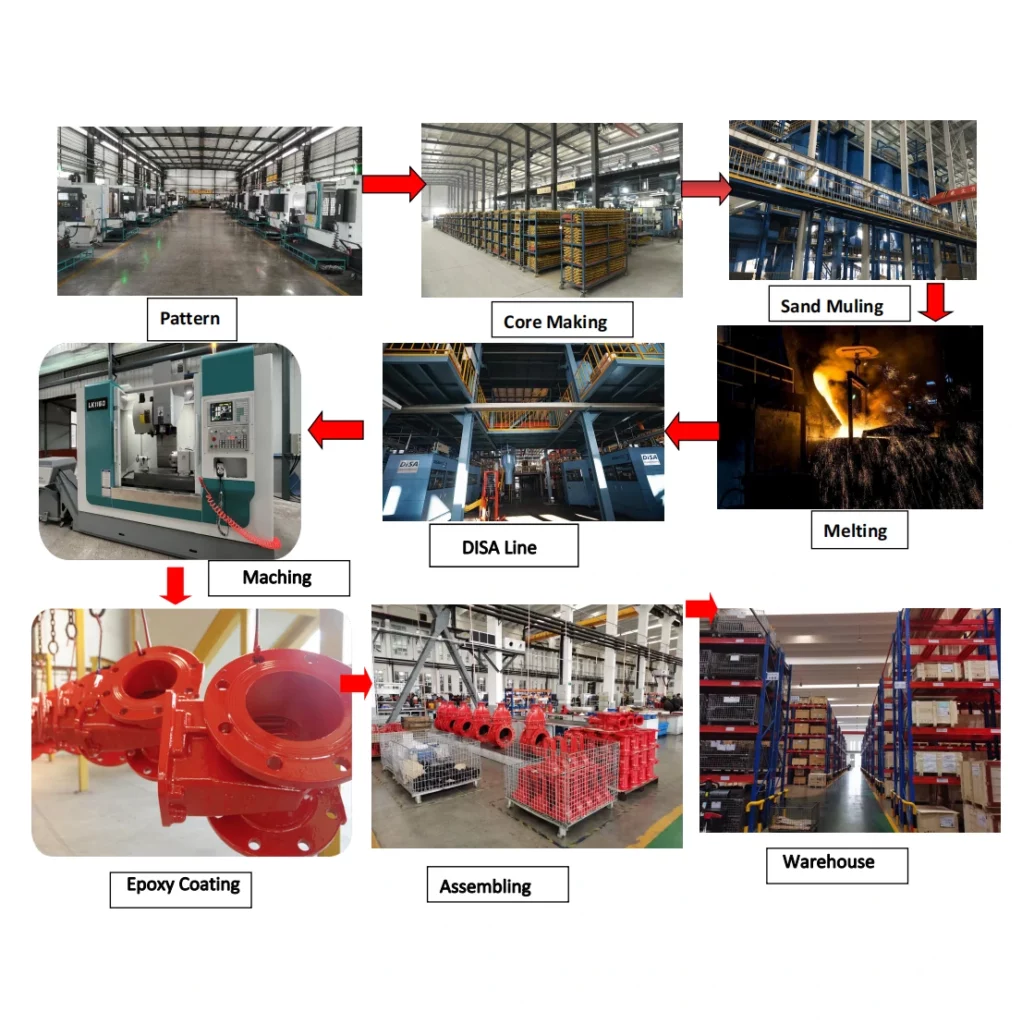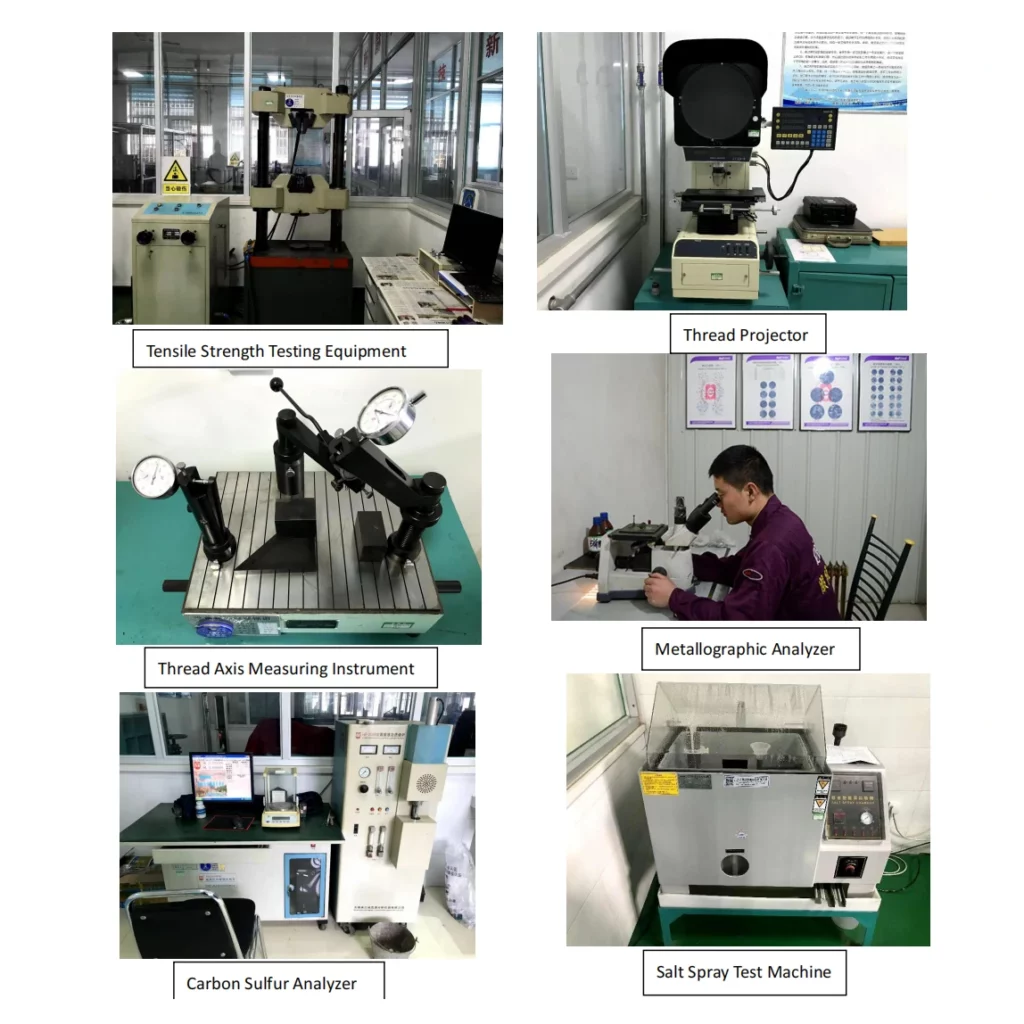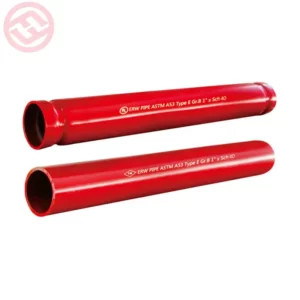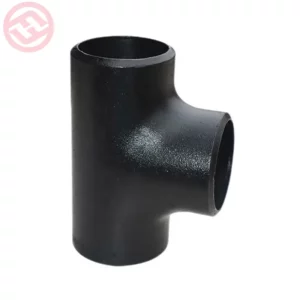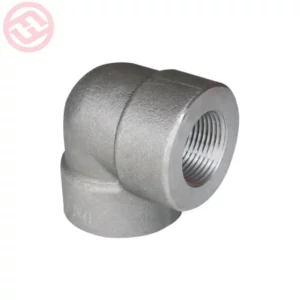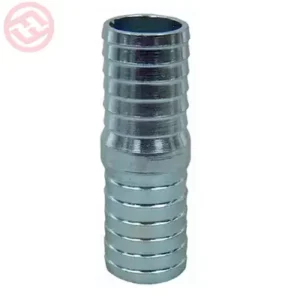Stainless Elbow
Items:Stainless Elbow 90°
Code: 90
Size:1/8”-4”
Thread Standard:ASME B1.20.1/ISO7/1/DIN2999, BSPT, BS21, ISO228, NPT
Application mediums: WOG and every kind of corrosive mediums suitble for CF8M/CF8
Pressure: 150lb/2.0mpa
Material: CF8/CF8M & 304/316
We’re here to help:
Easy ways to get the answers you need.
Product Description
Products Details
Stainless steel fittings are critical for the food and pharmaceutical industries as they are non-toxic, stain resistant, easy to clean and provide excellent life cycle costing. Stainless steel fittings are critical for the building and construction industries as they are corrosion resistant and able to withstand high pressure.
Stainless pipe fittings has Stainless elbow ,Stainless tee ,Stainless cross ,Stainless Coupling ,Stainless nipple ,Stainless union ,Stainless pulg,Stainless cap ,Stainless bushings ,Stainless reducing elbow ,Stainless street elbow,Stainless reducer ,Stainless half socket ,Stainless barrel nipple and so on.
Product Drawing
Classification of stainless steel:
1, 304 stainless steel. It is one of the austenitic stainless steels with a large application volume and the widest range of applications, suitable for the manufacture of deep-drawn forming parts and acid pipelines, containers, structural parts, various instrument bodies, etc., and can also manufacture non-magnetic, low-temperature equipment and components.
2. 304L stainless steel. In order to solve the problem of the development of ultra-low carbon austenitic stainless steel due to the serious intergranular corrosion tendency of 304 stainless steel under some conditions caused by the precipitation of Cr23C6, its sensitized intergranular corrosion resistance is significantly better than that of 304 stainless steel. In addition to slightly lower strength, other properties are the same as 321 stainless steel, which is mainly used for corrosion resistant equipment and components that need to be welded and cannot be solved after welding, and can be used to manufacture various instrument bodies.
3, 304H stainless steel. The internal branch of 304 stainless steel, the carbon mass fraction is 0.04%-0.10%, and the high temperature performance is better than that of 304 stainless steel.
4, 316 stainless steel. Molybdenum is added on the basis of 10Cr18Ni12 steel to make the steel have good resistance to reducing media and pitting corrosion resistance. In seawater and various other media, corrosion resistance is superior to 304 stainless steel, mainly for pitting corrosion resistant materials.
5. 316L stainless steel. Ultra-low carbon steel, with good resistance to intergranular corrosion in sensitized state, is suitable for manufacturing welded parts and equipment with thick cross-sectional dimensions, such as corrosion-resistant materials in petrochemical equipment.
6. 316H stainless steel. The internal branch of 316 stainless steel, the carbon mass fraction is 0.04%-0.10%, and the high temperature performance is better than that of 316 stainless steel.
7, 317 stainless steel. Pitting and creep resistance is superior to 316L stainless steel for petrochemical and organic acid resistant equipment.
8, 321 stainless steel. Titanium stabilized austenitic stainless steel, adding titanium to improve intergranular corrosion resistance, and has good high temperature mechanical properties, can be replaced by ultra-low carbon austenitic stainless steel. Except for special occasions such as high temperature or hydrogen corrosion resistance, it is generally not recommended.
9, 347 stainless steel. Niobium stabilized austenitic stainless steel, add niobium to improve intergranular corrosion resistance, corrosion resistance in acid, alkali, salt and other corrosive media is the same as 321 stainless steel, good welding performance, can be used as corrosion resistant materials and heat-resistant steel, mainly used in thermal power, petrochemical fields, such as the production of containers, pipelines, heat exchangers, shafts, furnace tubes in industrial furnaces and furnace tube thermometers.
10, 904L stainless steel. Super complete austenitic stainless steel, is a super austenitic stainless steel invented by Finland Outokumpu company, its nickel mass fraction is 24% to 26%, carbon mass fraction is less than 0.02%, excellent corrosion resistance, in non-oxidizing acids such as sulfuric acid, acetic acid, formic acid, phosphoric acid has good corrosion resistance, while having good crevice corrosion resistance and stress corrosion resistance. It is suitable for various concentrations of sulfuric acid below 70°C, and is resistant to acetic acid at any concentration and temperature at atmospheric pressure and corrosion resistance in mixed acids of formic acid and acetic acid. The original standard ASMESB-625 classified it as a nickel-based alloy, and the new standard classified it as stainless steel. China only has an approximate grade of 015Cr19Ni26Mo5Cu2 steel, and the key material of a few European instrument manufacturers is 904L stainless steel, such as the measuring tube of the E+ H mass flow meter is made of 904L stainless steel, and the case of Rolex watches is also made of 904L stainless steel.
11, 440C stainless steel. Martensitic stainless steel, the hardest among hardenable stainless steels, stainless steels, hardness HRC57. It is mainly used to make nozzles, bearings, valve spools, valve seats, sleeves, valve stems, etc.
12, 17-4PH stainless steel. Martensitic precipitation hardening stainless steel, hardness HRC44, high strength, hardness and corrosion resistance, cannot be used at temperatures above 300°C. It has good corrosion resistance to atmosphere and diluted acid or salt, and its corrosion resistance is the same as 304 stainless steel and 430 stainless steel, and is used in the manufacture of offshore platforms, turbine blades, valve spools, valve seats, sleeves, valve stems, etc.
Application and Case
Products are used in fire protection system, water system, HVAC system, plumbing, gas system, irrigation system, etc.These products are used in many projects , such as Beijing Airport, Shanghai World Trade Center, Canton Tower and other famous landmark projects.




